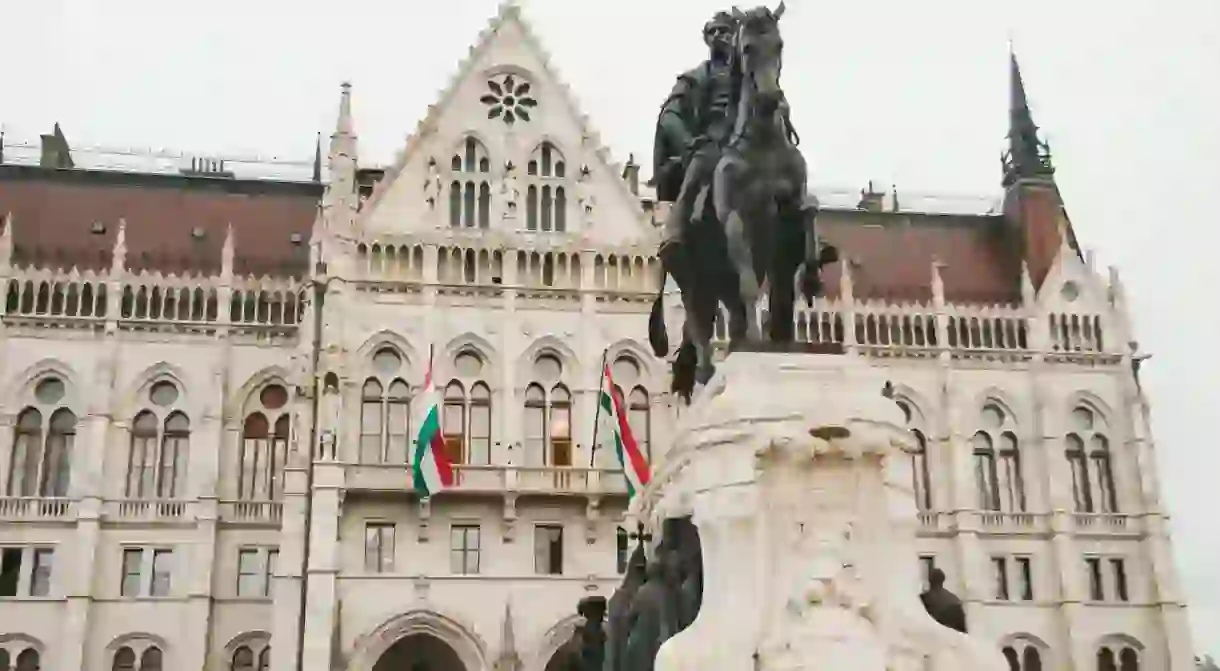A Brief History of the Hungarian Parliament Building

Standing on the banks of the Danube, in Budapest’s Pest district, Hungary’s Parliament Building has been witness to some of the country’s most pivotal moments over the last 200 years. We explore its rich history.
A contest was held during the 1880s to find an architect for a new Hungarian Parliament Building which would represent the nation’s sovereignty. Drawing inspiration from London’s Houses of Parliament, the winner was Hungarian architect Imre Steindl who designed the grand, neo-Gothic building which stands today.


Work began in 1885; the building’s inauguration was held in 1896 (the 1000th anniversary of Hungary) and the Parliament Building was finished in 1902, when the first sessions took place. The construction of the Parliament Building took 17 years and sadly Imre Steindl went blind before his grand design was completed and died in 1902.
Standing at 268m (879ft) long, 123m (75.4ft) wide and 96m (314.9ft) tall, the Hungarian Parliament is the country’s largest building, Budapest’s tallest, and the third largest parliament building in the world. Inside its grand walls there are 691 rooms, 10 courtyards and 12.5 miles worth of stairs. Architecturally, the building is in the Gothic Revival style with a Renaissance Revival style dome. Located in central Budapest, guided tours allow visitors to explore the Main Staircase, the Old Upper House Hall and the Lounge, as well as see the coronation jewels.



The Hungarian Parliament Building has stood through two World Wars, a number of uprisings and revolutions, and a shifting urban landscape. Overlooking Kossuth Lajos Ter, named after the Hungarian lawyer and regent-president of the country during the 1848 – 49 revolution, the building was witness to the tragic events of 1956 when, during an uprising on October 25, against the ruling Communist regime, protestors gathered in front of the Parliament. While little is known about the circumstances, shots were fired resulting in the deaths of many. A memorial to this event stands in the square today.
Air pollution and the extensive level of detailing on the exterior of the building mean it is regularly under repair. Today, it’s surrounded by cafés and restaurants and is one of the city’s most notable buildings.













